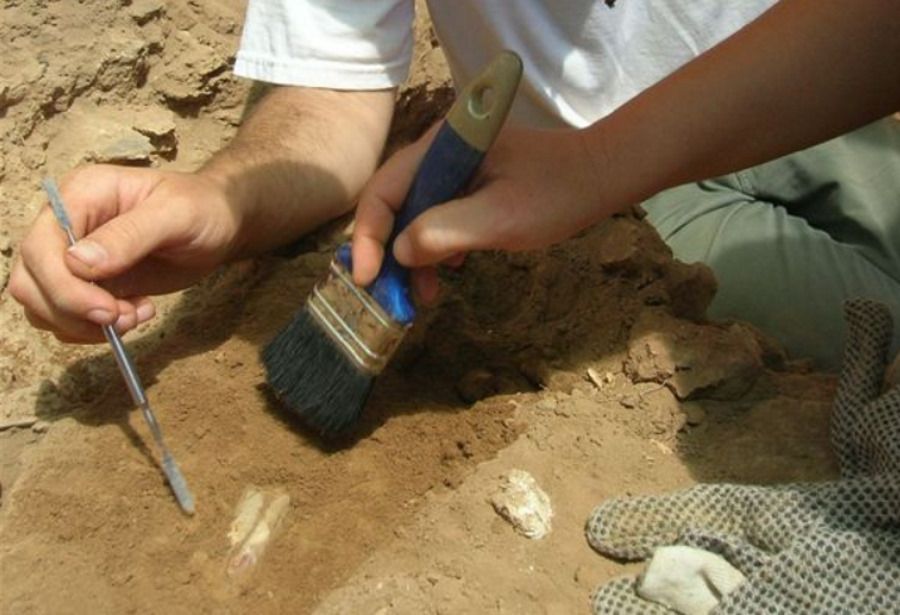UW archaeologists have discovered Bassania – a lost city from 2,000 years ago. years
Archaeological research conducted in Albania by scientists from the University of Warsaw has led to the discovery of a city lost two thousand years ago. Ancient Bassania was most likely destroyed by the Romans at the beginning of our era.
Archaeologists from the University of Warsaw (UW) have been conducting research for several years in póThe ruins were believed by locals to be natural rocky outcrops in northwestern Albania near the present-day city of Shkodra. This is where the groundbreaking discovery was made. The ruins of the city were considered by locals to be natural rocky outcrops.
ZaróBoth Shkodra and Bassania are cities founded by the ancient Indo-European people Ilirów. About the battles of the Romans with the last królem Iliróin Gentiosem, Livius wrote – Roman historian. KróThe Illyrian state finally ceased to exist in 168 p.n.e., When it was conquered by the Romans and became a Roman province.
In May, Polish archaeologists unearthed a gate and part of a wallóin Bassania. The unearthed defensive walls are three meters wideów. The outer walls are built of profiled blocksóin stone and the space inside them is strewn with smaller stones and earth. The unearthed walls come to dwóch bastionów.
– The defensive structures were erected from well-fitted, huge blocks ofóin stone – He told the Polish Press Agency the head of the excavations, prof. Piotr Dyczek, director of the Southeast European Antiquities Research Center at the University of Warsaw. Dyczek added that such structures are characteristic of Hellenistic defensive structures. – Wokół of Shkodra in recent years we have begun to look for settlements and fortresses thatóre constituted its economic and military base. Through the use of róof various methods, including non-invasive ones, located the relics of a huge ancient city – explained Dyczek.
Bassania, archaeologists say, was three times the size of Shkodra. Its massive walls covered an area of about 20 hectaresów. Researchers at the walls found coins and pieces of ceramic vessels, whichóhe age of which was dated to the 4th-I century. p.n.e.
Ruins on the Hillócasts may not have been of much interest due to its peculiar geological structure – it is formed by conglomerates and sandstones. – After centuries of erosion action, the remnants of stone structures peeking out at the surface resemble more a natural geological structure coming to the earth’s surface than a purpose-built man-made structure, the scientist described.
